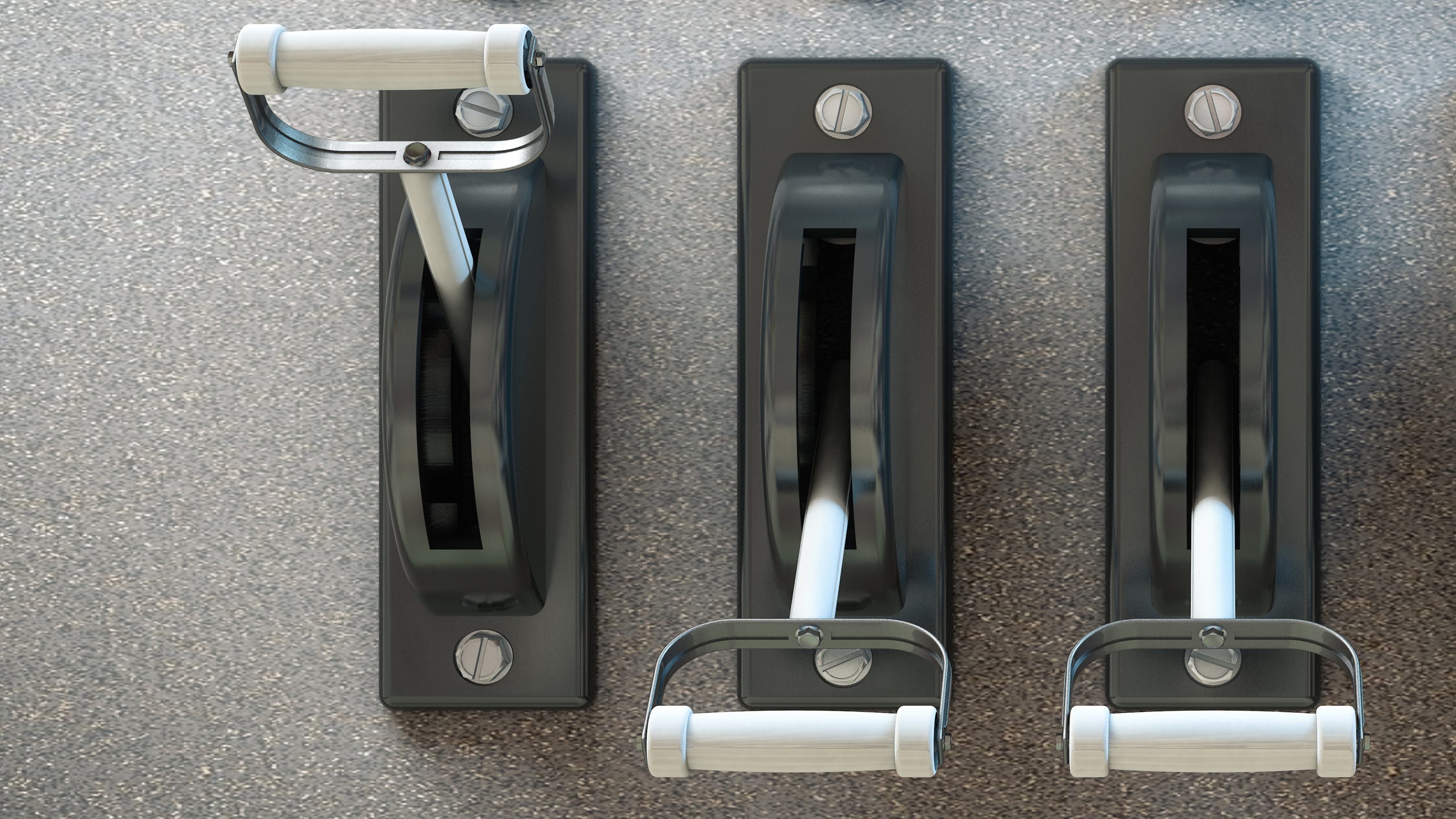A ‘Simple’ Idea to Save on Taxes
For small-business owners (and their employees) SIMPLE IRAs can be a slam-dunk at tax time.


If you are a small-business owner, you may want to consider a very popular small-business company retirement plan called a "SIMPLE IRA." There is a reason why it is called "simple." It's about as easy to open as an IRA, with larger contribution limits, and opening this plan will not prohibit you from investing in a personal IRA.
If you have 100 employees or fewer, you can set this plan up. Employees, including the employer, are allowed to contribute up to $12,500 a year in pre-tax contributions, similar to a 401(k) plan. For those 50 or older, there's a $3,000 catch-up provision, allowing you to put in up to $15,500 a year pre-tax.
Here's why small-business owners love this plan.
From just $107.88 $24.99 for Kiplinger Personal Finance
Be a smarter, better informed investor.

Sign up for Kiplinger’s Free Newsletters
Profit and prosper with the best of expert advice on investing, taxes, retirement, personal finance and more - straight to your e-mail.
Profit and prosper with the best of expert advice - straight to your e-mail.
1. It's generous. Both the employer and employees are allowed to put "all" of the first $12,500 of their salary pre-tax ($15,500 for those 50 or older) into this plan, rather than a percentage of their salary, as is the case with most large-company plans. For example, if an employee under 50 had a salary of $40,000 a year and he or she is allowed to contribute 15% of their salary to a 401(k) plan they could only put in $6,000. But in a SIMPLE IRA it’s not a percentage of their salary, so as long as they earned $12,500 or more ($15,500 for those 50 or older), they can put all of it into the plan pre-tax.*
2. It's rewarding. If the employee doesn't contribute to the plan there's no "requirement" for the employer to put any money in on behalf of that employee. If the employee does contribute, then the employer is required to match up to the first 3% of that employee's annual compensation. This means the small-business owner is only required to reward employees willing to save money for themselves. Although less popular, the employer, as an alternative, could instead make a “non-elective” contribution for all eligible employees, whether or not they contribute, equal to 2% of their pay.
3. It's family friendly. A small-business owner who has a spouse who works in the business, even part time, can make a "combined" contribution of up to $25,000 per year, all pre-tax ($12,500 each) if they are under age 50, as long as they have compensation of at least $12,500 apiece (or up to $31,000 “combined” if they are both 50 or older). Plus, the employer can do the above mentioned match of both spouses’ compensation into the plan and deduct it, since it's considered a business expense for the owner.
4. It's business friendly. This plan is free from the much more complicated ERISA reporting required with plans of larger companies. There is no requirement to file a complicated 5500 tax form, no non-discrimination rules limiting the contributions of the owner or better paid employees, and very minimal overall paperwork (am I dreaming?).
The business owner may establish this plan on any date between Jan. 1 and Oct. 1 to contribute for that year
Remember sometimes the "simple" ideas are the most effective.
*The employee would need to pay slightly more, since FICA taxes must be paid on contributions going into a SIMPLE plan. For example, to put in $12,500 the employee would need to earn approximately $13,535 to cover FICA tax.
Profit and prosper with the best of Kiplinger's advice on investing, taxes, retirement, personal finance and much more. Delivered daily. Enter your email in the box and click Sign Me Up.

-
 Dow, S&P 500 Slip on December Rate Cut Worries, Nvidia Boosts Nasdaq: Stock Market Today
Dow, S&P 500 Slip on December Rate Cut Worries, Nvidia Boosts Nasdaq: Stock Market TodayNvidia became the first company ever to boast a $5 trillion market cap, but it wasn't enough to lift the Dow and the S&P 500.
-
 Where You Choose to Stash $100k Now Comes with a Big Opportunity Cost
Where You Choose to Stash $100k Now Comes with a Big Opportunity CostThe Fed recently cut rates. Here's where to maximize your savings while rates remain higher.
-
 I'm a CPA: Control These Three Levers to Keep Your Retirement on Track
I'm a CPA: Control These Three Levers to Keep Your Retirement on TrackThink of investing in terms of time, savings and risk. By carefully monitoring all three, you'll keep your retirement plans heading in the right direction.
-
 Debunking Three Myths About Defined Outcome ETFs (aka Buffered ETFs)
Debunking Three Myths About Defined Outcome ETFs (aka Buffered ETFs)Defined outcome ETFs offer a middle ground between traditional equity and fixed-income investments, helping provide downside protection and upside participation.
-
 This Is Why Judge Judy Says Details Are Important in Contracts: This Contract Had Holes
This Is Why Judge Judy Says Details Are Important in Contracts: This Contract Had HolesA couple's disastrous experience with reclaimed wood flooring led to safety hazards and a lesson in the critical importance of detailed contracts.
-
 A Lesson From the School of Rock (and a Financial Adviser) as the Markets Go Around and Around
A Lesson From the School of Rock (and a Financial Adviser) as the Markets Go Around and AroundIt's hard to hold your nerve during a downturn, but next time the markets take a tumble, remember this quick rock 'n' roll tutorial and aim to stay invested.
-
 I'm a Financial Pro: This Is How You Can Guide Your Heirs Through the Great Wealth Transfer
I'm a Financial Pro: This Is How You Can Guide Your Heirs Through the Great Wealth TransferFocus on creating a clear estate plan, communicating your wishes early to avoid family conflict, leaving an ethical will with your values and wisdom and preparing them practically and emotionally.
-
 To Reap the Full Benefits of Tax-Loss Harvesting, Consider This Investment Strategist's Steps
To Reap the Full Benefits of Tax-Loss Harvesting, Consider This Investment Strategist's StepsTax-loss harvesting can offer more advantages for investors than tax relief. Over the long term, it can potentially help you maintain a robust portfolio and build wealth.
-
 Social Security Wisdom From a Financial Adviser Receiving Benefits Himself
Social Security Wisdom From a Financial Adviser Receiving Benefits HimselfYou don't know what you don't know, and with Social Security, that can be a costly problem for retirees — one that can last a lifetime.
-
 Take It From a Tax Expert: The True Measure of Your Retirement Readiness Isn't the Size of Your Nest Egg
Take It From a Tax Expert: The True Measure of Your Retirement Readiness Isn't the Size of Your Nest EggA sizable nest egg is a good start, but your plan should include two to five years of basic expenses in conservative, liquid accounts as a buffer against market volatility, inflation and taxes.